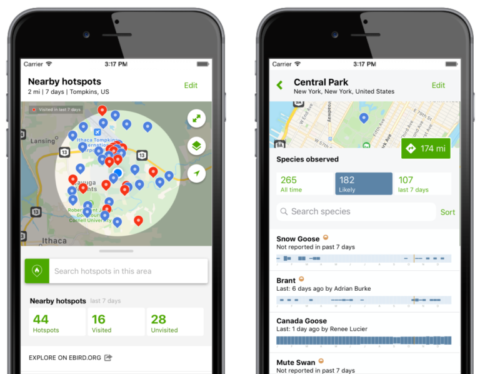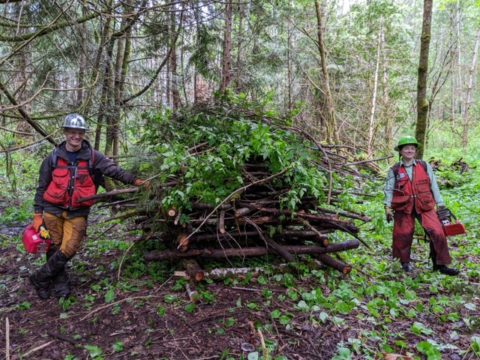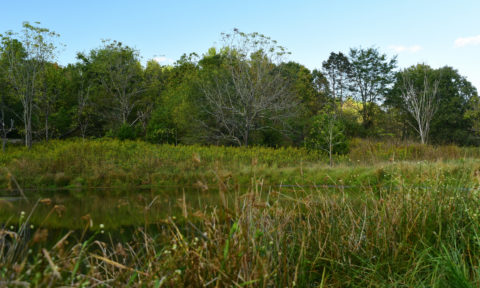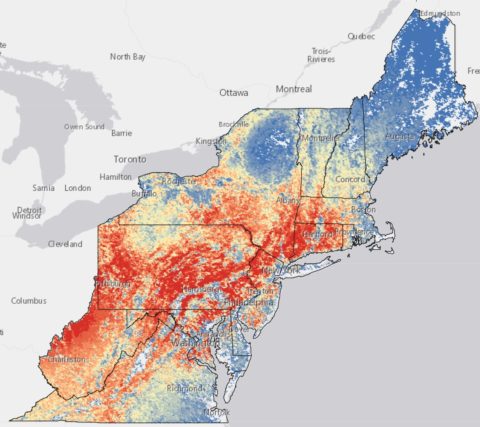Community Engagement
eBird has the potential to connect community members with land trust properties and conservation projects, which can help mobilize the community to both care for and protect the landscape and the wildlife that inhabits it. eBird can also connect a land trust with their local birding community, helping to expand their membership and volunteer base.
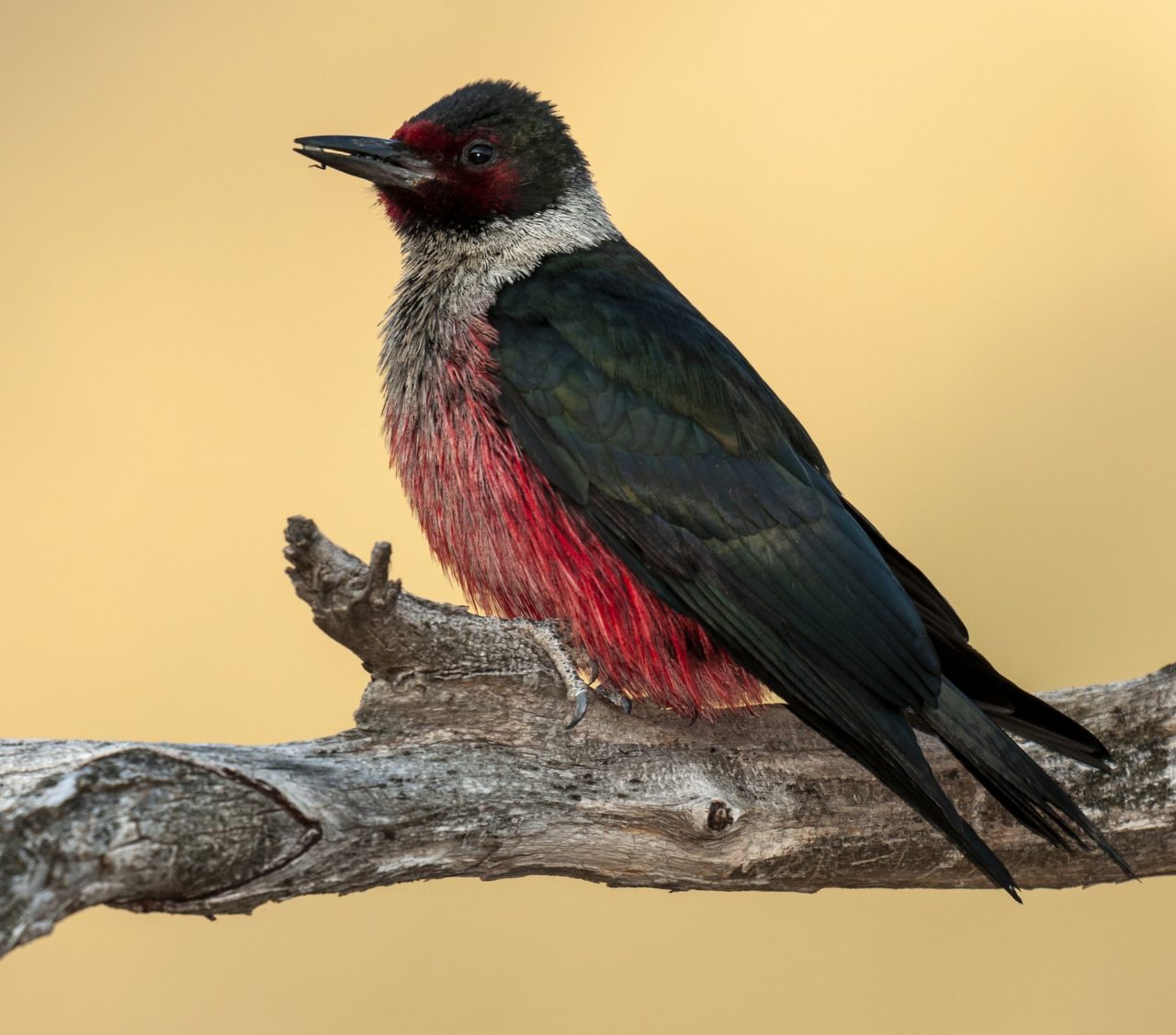
Central Colorado Conservancy (CCC) has a program that uses volunteer data from eBird to monitor Lewis’s Woodpecker, a bird of riparian areas that has declined by about 82% since 1966, and is listed as a species of greatest conservation need in Colorado’s State Wildlife Action Plan. CCC used eBird to help make a connection between engagement and on-the-ground conservation. Past Executive Director of CCC, Andrew Mackie, says “I really liked this program because it was a direct connection between people and conservation action. Community scientists went into the field and collected data using eBird, then our organization put that data to use. We can now use this information to make decisions and talk to landowners about protecting and managing property, which is actively contributing to the conservation of a species.” Learn more about how Central Colorado Conservancy is using eBird to advance their conservation work through community engagement.
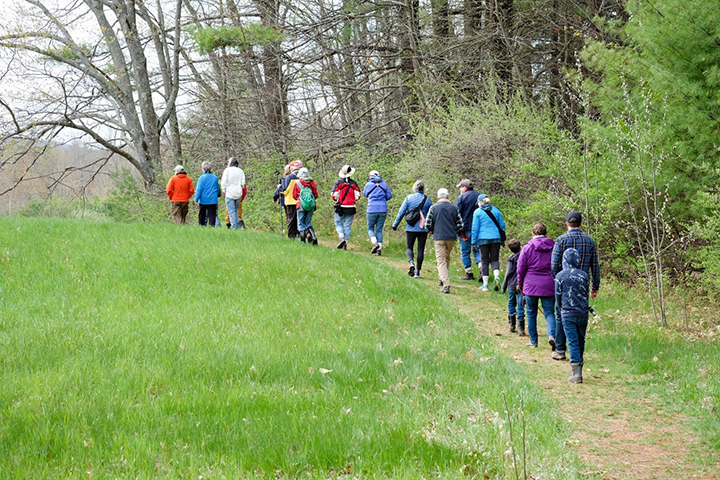
Great Works Regional Land Trust (GWRLT) in Maine held a free community bird identification series to introduce community members to bird watching across 20 GWRLT preserves. They paired these events with eBird tutorials for community members interested in volunteering. In spring 2022 they hosted three Migration Morning walks and submitted all data to eBird. eBird is helping GWRLT to foster a sound conservation ethic as well as positive stewardship values and attitudes, with the hope that community members will take their knowledge home and practice positive stewardship behaviors in their own life and backyard. Data collected on their preserves will help to track changes over time in relationship to land use and climate, informing conservation decisions for the land trust and priority area development within their conservation plan.
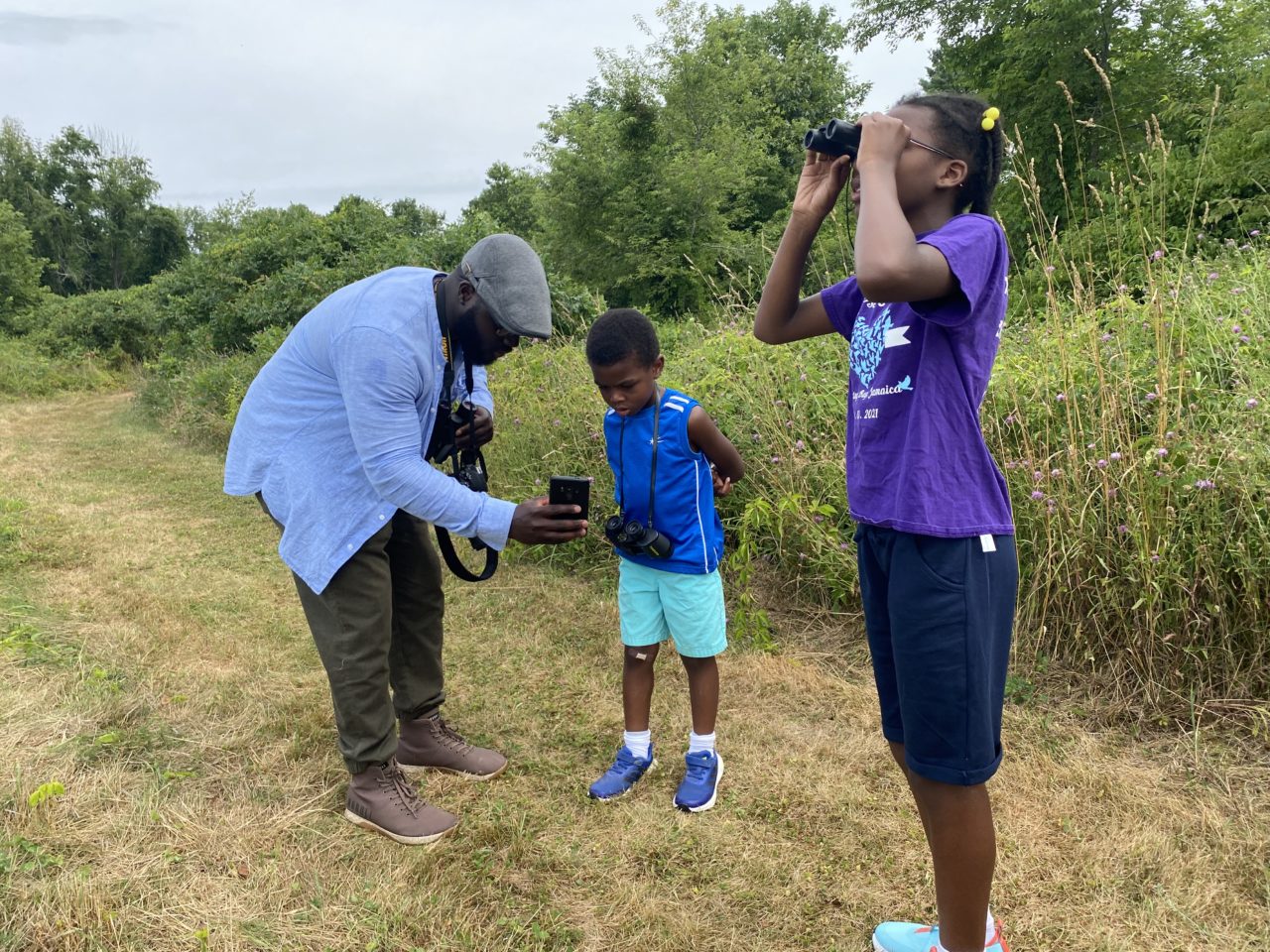
In their project, “Bird and Hike with Salem Land Trust”, Connecticut Land Conservation Council (CLCC) aim to provide opportunities for guided birding and hiking to communities of color on Salem Land Trust (SLT) properties. CLCC and SLT partnered with Outdoor Afro’s New Haven and Hartford branches for a birding hike in which participants are provided with binoculars and eBird checklists that introduce common birds found on SLT properties. During the hike, leaders will collect and submit eBird data. CLCC and SLT’s project recognizes the barriers to accessing the outdoors that many people and communities of color face. Their project is a recognition of the work that needs to be done and the opportunities land trusts have to create a more welcoming and inclusive conservation landscape. “We are delighted to implement this project with the vision of engaging communities of color across Connecticut and increasing the relevance of land trusts to these communities,” says CLCC’s Project Specialist, Yaw Owusu Darko.

Many land trusts choose to engage the community through larger-scale events, such as Chelan-Douglas Land Trust (CDLT) in Washington and Kennebec Estuary Land Trust’s (KELT) in Maine. CDLT hosts birders through the Leavenworth Spring Bird Festival on two of their properties as a means of connecting with community members and gathering data used to study response to management practices. The festival’s walking routes were turned into monitoring trails with trail markers made by local high schoolers indicating count locations. Similarly, KELT hosts an annual Birding Extravaganza led by local birders that explore different topics. The May 2022 Birding Extravaganza was lead by a local bird expert and focused on “modern birding”, or using birding apps like eBird, Merlin, etc.
In 2022, eBird Training mini-grants of $500 were awarded to eight Regional Conservation Partnerships (RCPs) to host workshops that train participants how to use eBird, a virtual community science platform and database for documenting bird observations. The goal of the mini-grants is to empower RCP leaders to train their partners to use eBird effectively for land conservation within their respective landscapes thereby creating an ambassador network to promote the effectiveness of this birding tool for conservation, monitoring, and community engagement. These grants were awarded through the Northeast Bird Habitat Conservation Initiative (NBHCI) as a part of a broader funding effort by the group to train RCP leaders to use eBird data and bird-friendly forestry techniques, and to support partners with effective management implementation on ecologically important forests, grasslands, and farmlands for at‐risk bird species in the Northeast. Learn more about the eBird mini-grant awardees.
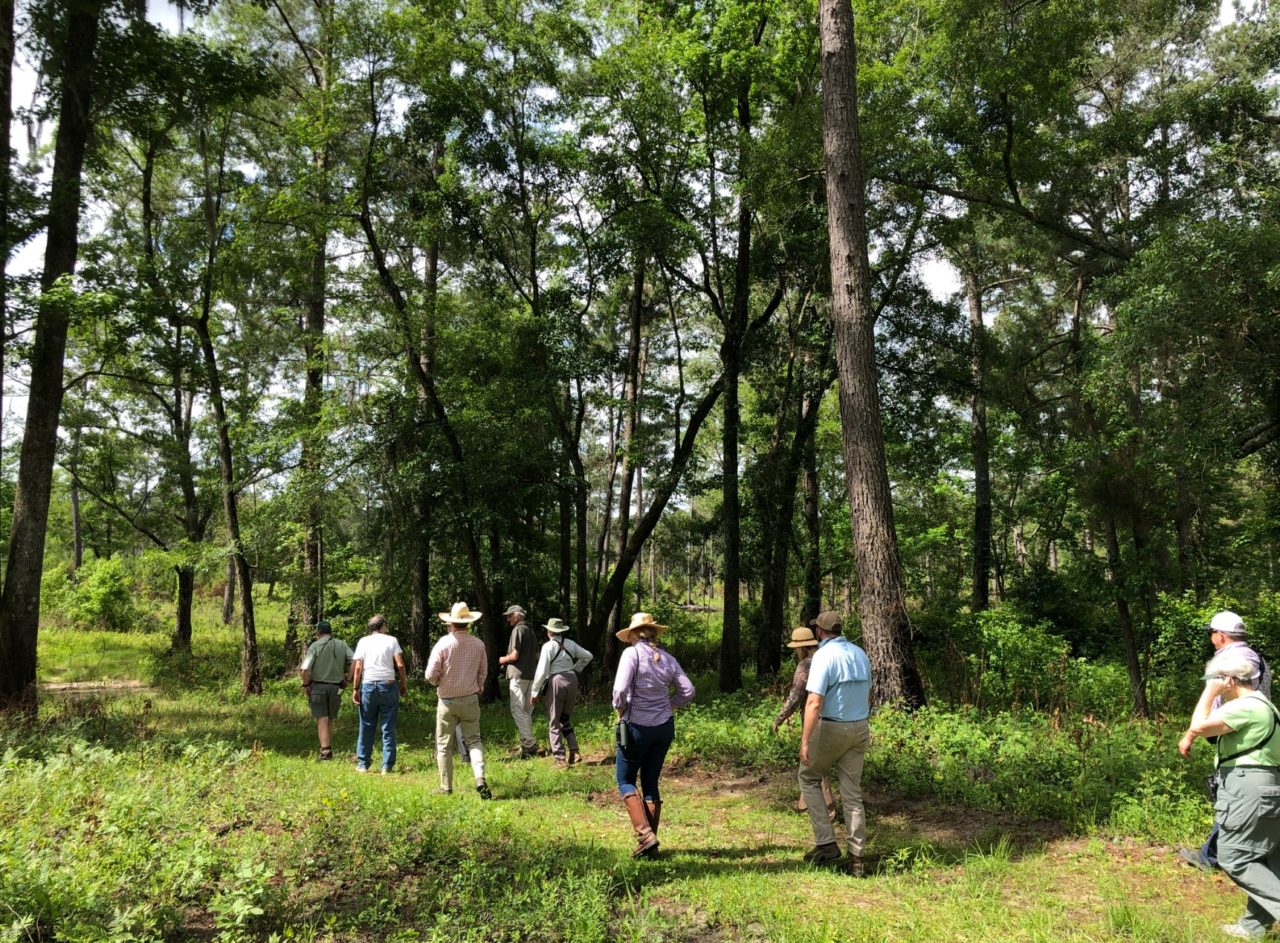
Tall Timbers (TT) used eBird to fill distribution gaps of birds occupying Florida and Georgia private conservation lands for at least ten bird species listed in both states’ State Wildlife Action Plans. Audubon volunteers conducted site visits and taught landowners how to use eBird. eBird checklists and photos were used to document each of these visits to create baseline data that will inform best management practices at each unique property. eBird allowed TT to empower landowners to document what they saw on their property while quickly getting that data into the hands of ornithologists.
Kent Land Trust (KLT) is removing invasive plants to restore wetland habitat for birds at one of their preserves which borders the Housatonic River and Appalachian Trail ridgeline and is part of the Macedonia Forest Block Landscape Important Bird Area. Restoration is being conducted by a large team including staff, a contractor, and volunteers. KLT will host workshops to teach community members and students how to use eBird to collect bird data that will contribute to the existing eBird hotspot and learn about their restoration techniques.
“eBird can be used as a tool to bring new audiences and communities together around a common theme through community science.”
Connie Manes, Executive Director of Kent Land Trust



